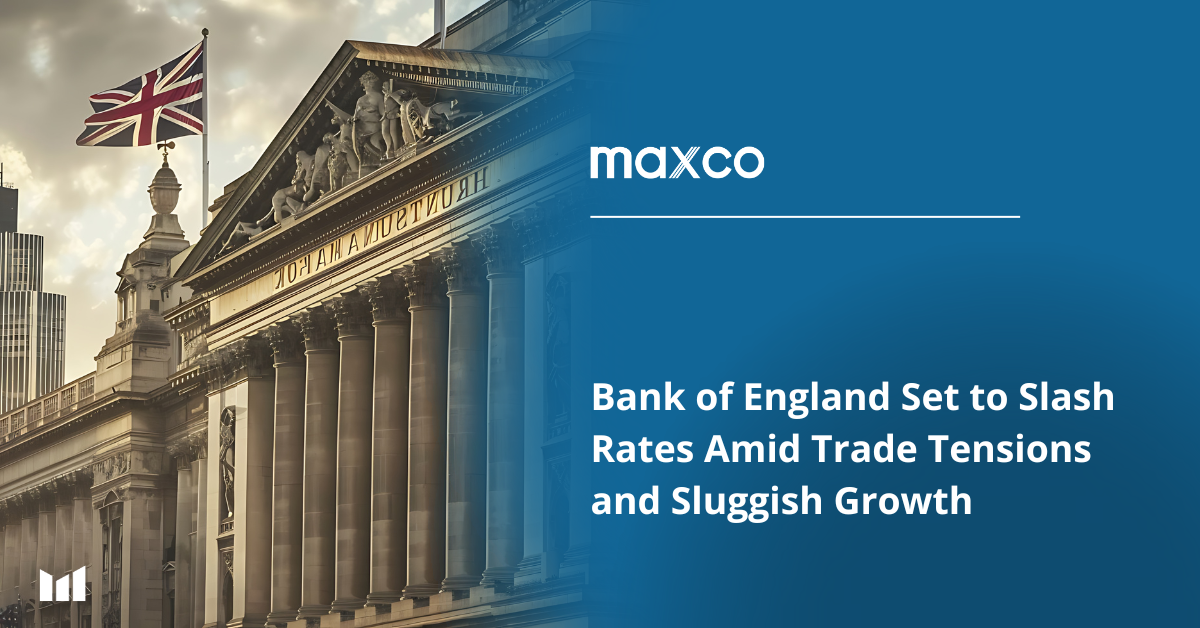London, May 8, 2025 — The Bank of England (BoE) is widely expected to cut its benchmark interest rate by 25 basis points today, lowering it from 4.5% to 4.25%. This marks the fourth rate cut since August 2024 and represents the most aggressive pace of monetary easing since the 2008 global financial crisis.
Key Drivers Behind the Rate Cut
The anticipated rate move reflects mounting pressure from several interrelated economic developments:
- Global Trade Tensions: The 10% tariffs imposed by U.S. President Donald Trump on British exports have intensified global trade uncertainties, casting a shadow over the UK’s growth prospects. These protectionist measures are already beginning to weigh on business confidence and cross-border trade volumes.
- Easing Inflationary Pressures: Inflation in the UK has sharply declined from its 2022 peak of 11.1% to just 2.6% in recent months, returning closer to the BoE’s 2% target. This deceleration has created greater flexibility for the central bank to pivot towards a more accommodative monetary stance.
- Weak Economic Growth: Private sector activity surveys show signs of deceleration, with the International Monetary Fund (IMF) and other institutions revising down their UK growth forecasts. The overall macroeconomic picture suggests a risk of stagnation without supportive policy measures.
Market and Economic Implications
Should the BoE announce a rate cut as expected, several near-term effects could unfold:
- Depreciation of the Pound: The British pound may weaken against major currencies, particularly the U.S. dollar. However, much of this move has likely already been priced in by financial markets.
- Reduced Borrowing Costs: Lower policy rates could drive down interest rates on mortgages and consumer loans, potentially boosting household spending and relieving debt burdens.
- Support for the Housing Market: The UK’s property sector, which showed a 0.3% price increase in April, could benefit further from lower financing costs, spurring demand and investment activity.
- Minimal Impact on Savers: While deposit interest rates may fall further, most savings accounts in the UK already offer very low returns, so the impact on savers may be marginal.
Outlook for Future Policy
Looking ahead, analysts suggest the BoE may continue its rate-cutting cycle through the remainder of 2025, potentially delivering up to three additional cuts. This could bring the base rate down to around 3.5% by year-end. However, the path forward will largely depend on how inflation evolves and whether global trade conditions stabilize.
Policymakers are expected to maintain a data-driven approach, balancing the need to stimulate growth without reigniting inflationary pressures. With uncertainty still lingering over the global economic outlook, today’s decision will be closely watched for signals about the BoE’s longer-term policy direction.
